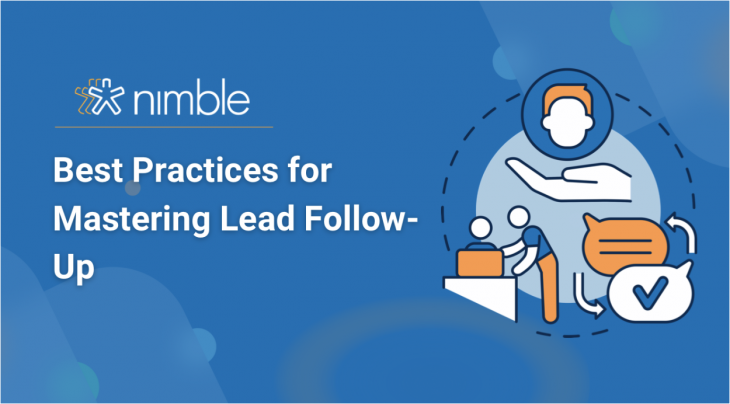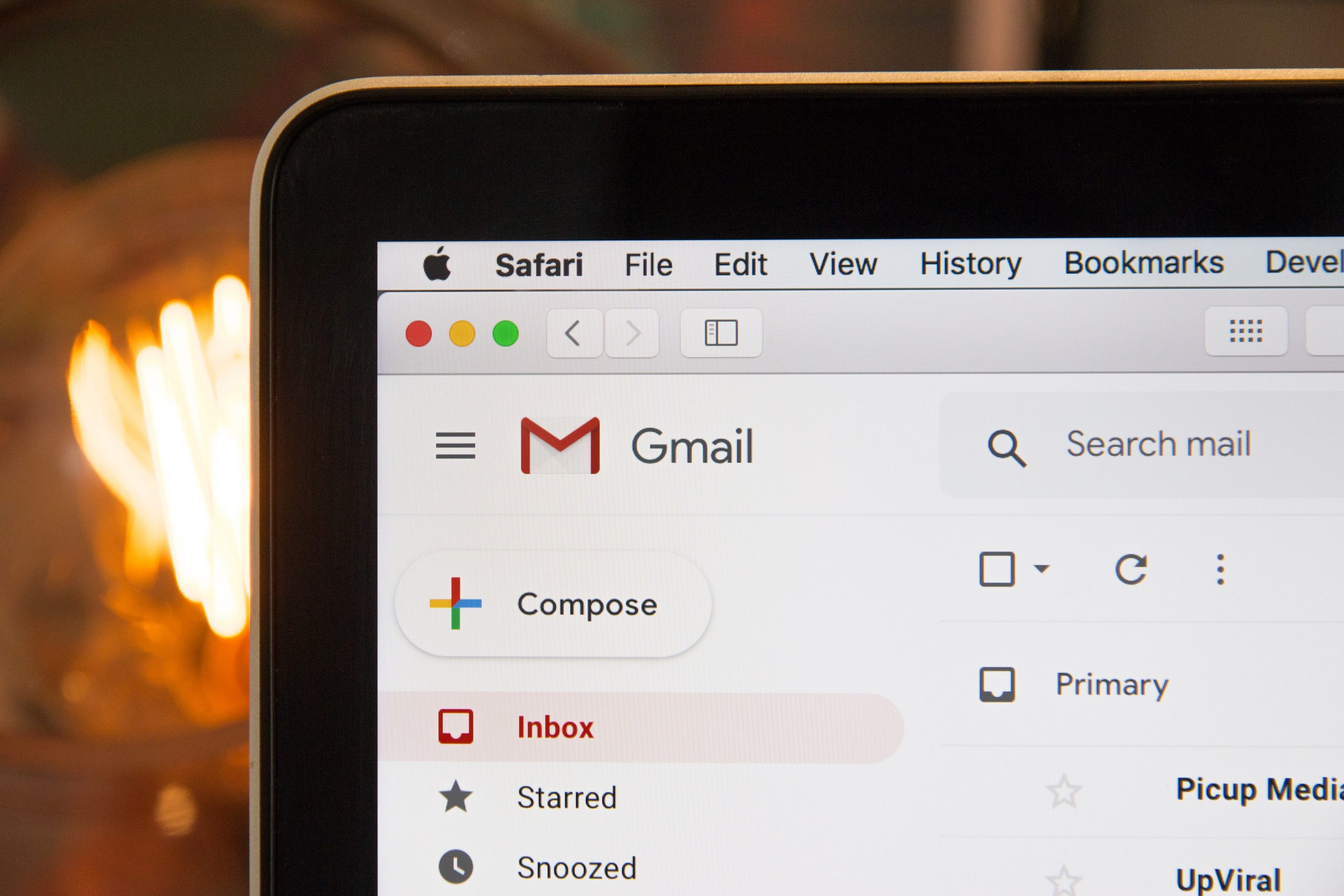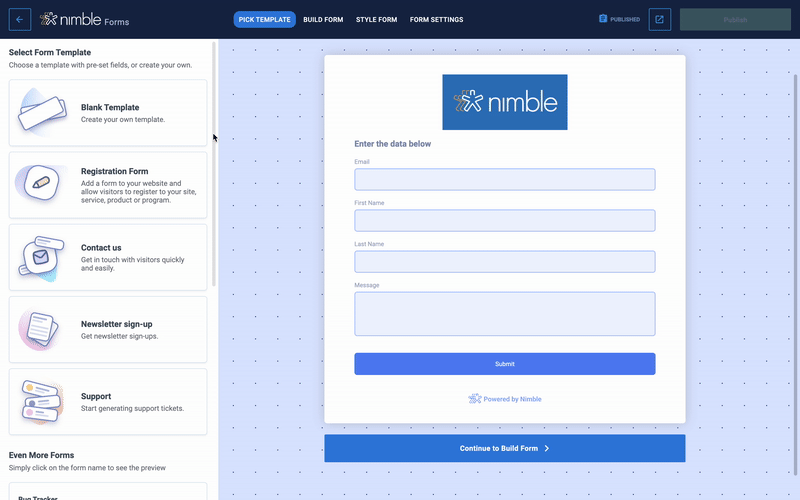In the landscape of sales and marketing, mastering the lead follow-up process is a cornerstone for success. It serves as the crucial link between initial contact and conversion, making it important for your business to navigate this stage with precision and strategy. At its essence, the lead follow-up process encompasses the strategic and systematic approach employed by organizations to engage with potential customers who have expressed interest in your products or services. This process is a pivotal driver of customer acquisition and retention. In this blog post, we will delve into the details of lead follow-up, unraveling its significance and shedding light on the best practices that can transform this phase into a powerhouse for sustainable business growth.
Mastering Lead Follow-Up: Building Lasting Connections
What is the Lead Follow-Up Process?
The lead follow-up process is the strategic sequence of actions taken by sales and marketing teams to nurture and convert potential customers into paying clients. It begins when a lead, someone who has shown interest in a product or service, takes an initial action such as filling out a form, downloading a resource, or making an inquiry.
The lead follow-up process involves timely and personalized interactions with these leads, aiming to provide information, address queries, and guide them through the decision-making journey. Effectively managing this process requires a blend of responsiveness, personalization, and data-driven insights. As we explore the best practices for mastering lead follow-up, we’ll dissect each component of this intricate process, offering insights to empower your business in the pursuit of sustained customer engagement and conversion success.
Understanding Your Leads
Understanding your leads is like getting to know your audience so you can speak their language. Not all leads are the same—they have different interests, behaviors, and needs. Segmentation is a key part of lead follow-up best practices. It means categorizing leads based on these differences and tailoring your approach to each group. A personalized approach is crucial in the lead follow-up process; it’s not a one-size-fits-all situation.
Whether a lead prefers email, phone calls, or social media, recognizing and utilizing these preferences can make the follow-up more effective. By employing a lead follow-up system, your business can streamline efforts, ensuring no lead falls through the cracks and that each interaction contributes to building a lasting relationship.
Most Effective Best Practices for Lead Follow-Up
Effective lead follow-up is crucial for converting prospects into customers. Here are some best practices strategies for lead follow-up:
- Timely Response: Quick follow-up is essential. Ideally, you should contact leads within an hour of their inquiry. Fast responses show that you value them and are attentive to their needs.
- Personalization: Customize your follow-up messages based on the information the lead has provided. Use their name, reference their specific needs, and make the communication feel tailored to them.
- Multiple Channels: Don’t rely on just one method of communication. Use a mix of phone calls, emails, social media, and even text messages to reach out. Different people prefer different modes of communication.
- Educational Content: Provide value in your follow-up. Share helpful information, tips, resources, or blog posts that relate to the lead’s interests or needs.
- Persistence and Patience: Sometimes it takes multiple follow-ups to get a response. Don’t give up too soon, but also be mindful not to bombard the lead with too many messages.
- Tracking and Organization: Use a Customer Relationship Management (CRM) system to track all interactions with leads. Note down details of conversations, preferences, and any follow-up actions needed.
- Follow-Up Schedule: Create a schedule for follow-ups. If a lead doesn’t respond initially, have a plan for when to contact them again. This helps in maintaining consistency without being overwhelming.
- Train and Educate Your Team: Make sure your team knows the best practices for follow-up. They should understand the importance of timely, personalized, and persistent communication.
- Feedback and Adaptation: Ask for feedback from leads about your follow-up process. Use this feedback to improve and adapt your strategies.
- Nurturing Leads: Understand that not all leads will convert immediately. Some need time and nurturing. Provide them with ongoing value and check in periodically with new information or offers.
Implementing these strategies can significantly improve your lead follow-up process, enhancing the chances of converting prospects into loyal customers.
Lead Follow-Up Best Practices: Templates, Strategies, and Resources
A well-designed lead follow-up template is the key to having a roadmap for success in customer engagement. The most effective best practice for lead follow-ups is providing your business with a systematic approach to nurturing leads. Whether through personalized emails, timely phone calls, or strategic social media interactions, the template acts as a versatile guide, ensuring that the follow-up process aligns with the industry’s best practices. By incorporating these proven strategies into a cohesive template, your business can streamline communication efforts and deliver consistent, value-driven interactions to each lead.
Use these templates examples to power your strategy:
1. Lead Follow-Up Email Example:
Subject: Thank You for Your Interest!
Hi [Lead’s Name],
Thank you for downloading our [Ebook/Resource]. We hope you find it valuable! To further assist you, we’ve curated additional resources on [related topic]. Feel free to explore them at your convenience. If you have any questions or need more information, don’t hesitate to reply to this email or give us a call at [Your Contact Number]. We’re here to help!
Best regards,
[Your Name]
[Your Company]
2. Phone Follow-Up Script:
- Introduction: “Hello [Lead’s Name], this is [Your Name] from [Your Company]. I noticed you recently [downloaded/engaged with] our [Ebook/Resource]. I wanted to personally thank you and see if you had any questions or if there’s anything specific you’re looking for.”
- Providing Value: “In addition to the [Ebook/Resource] you downloaded, we have other resources and insights that might interest you. Is there a particular aspect you’d like more information on?”
- Closing: “Feel free to reach out if you have any questions or if there’s anything else we can assist you with. Thank you for your interest!”
3. Social Media Interaction Template:
Hi [Lead’s Name],
We noticed your recent engagement with our content on [Social Media Platform]. Thank you for your interest! If there’s anything specific you’d like to know more about or if you have questions, feel free to direct message us. We’re here to provide any additional information you might need.
Best,
[Your Company]
4. Resources for Lead Follow-Up:
- Fixing your Leaky Funnel: How to Maximize Marketing;s Efforts and Sales’ Times by Conversica
- Follow Up and Close the Sale: Make Easy (and Effective) Follow-Up Your Winning Habit by Jeff Shore
- Lead, Follow, or Get Out of the Way by Jim Lundy
Measuring Success and Adjusting Strategies:
The journey doesn’t end with sending out follow-up communications; it extends to the crucial step of measuring success and adjusting strategies. Having a lead follow-up system to indicate Key performance indicators (KPIs) such as open rates, click-through rates, and conversion rates serves as invaluable metrics in evaluating the effectiveness of lead follow-up efforts. This data-driven approach empowers your business to gain insights into what works and what doesn’t. Armed with this information, adjustments can be made to continually refine and optimize follow-up strategies. This iterative process ensures that your business stays agile, adapting approaches to meet the evolving needs and preferences of your leads, thereby maximizing the impact of your lead follow-up efforts.
Nimble Web Forms: Your Lead Follow-Up Software
Building on smart ways to follow up leads, let’s talk about Nimble Web Forms — a lead follow-up software to make things even easier. With Nimble, you can create special forms on your website to grab info from people interested in you. Think of these forms as friendly helpers that gather important details right into your database.
They’re customizable, so you can make them work just right for your business, whether that’s on your site, in an email, or on socials! When you use Nimble Web Forms, you’re not just collecting info; you’re setting the stage for super-targeted follow-ups. These forms become the link between saying ‘hello’ to potential customers and keeping that conversation going in a way that suits them best. Nimble Web Forms is like having a sidekick for your follow-up game, making it all more organized and personalized.
Lead Follow-Up: Strategies, Examples, and the Nimble Advantage
Mastering lead follow-up is integral to the success of sales and marketing, forming the vital link between initial contact and conversion. The process involves strategic engagement with potential customers, emphasizing the significance of personalized interactions and a systematic approach. Understanding leads through segmentation and recognizing their preferences enhances the effectiveness of follow-up, while lead follow-up systems ensure streamlined efforts. Best practices, exemplified in scenarios like a personalized ebook download follow-up, emphasize the importance of genuine interest and tailored interactions.
Nimble Web Forms emerges as a powerful tool within this framework, simplifying lead capture for targeted follow-ups. The journey extends beyond follow-ups, involving continuous refinement through key performance indicators and strategic adjustments. In the dynamic landscape of customer engagement, mastering lead follow-up, bolstered by strategic tools like Nimble Web Forms, becomes the cornerstone for sustained business growth.




